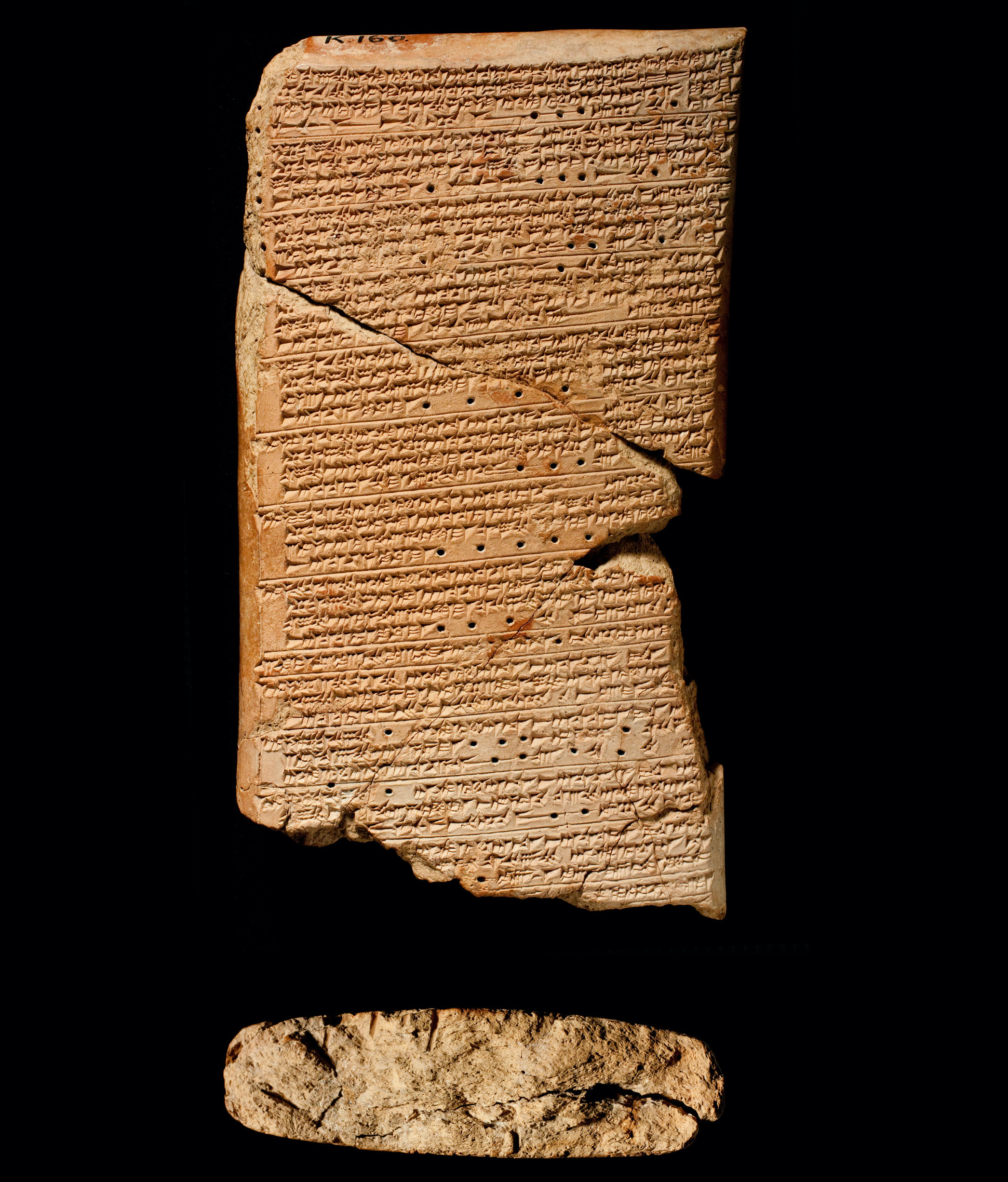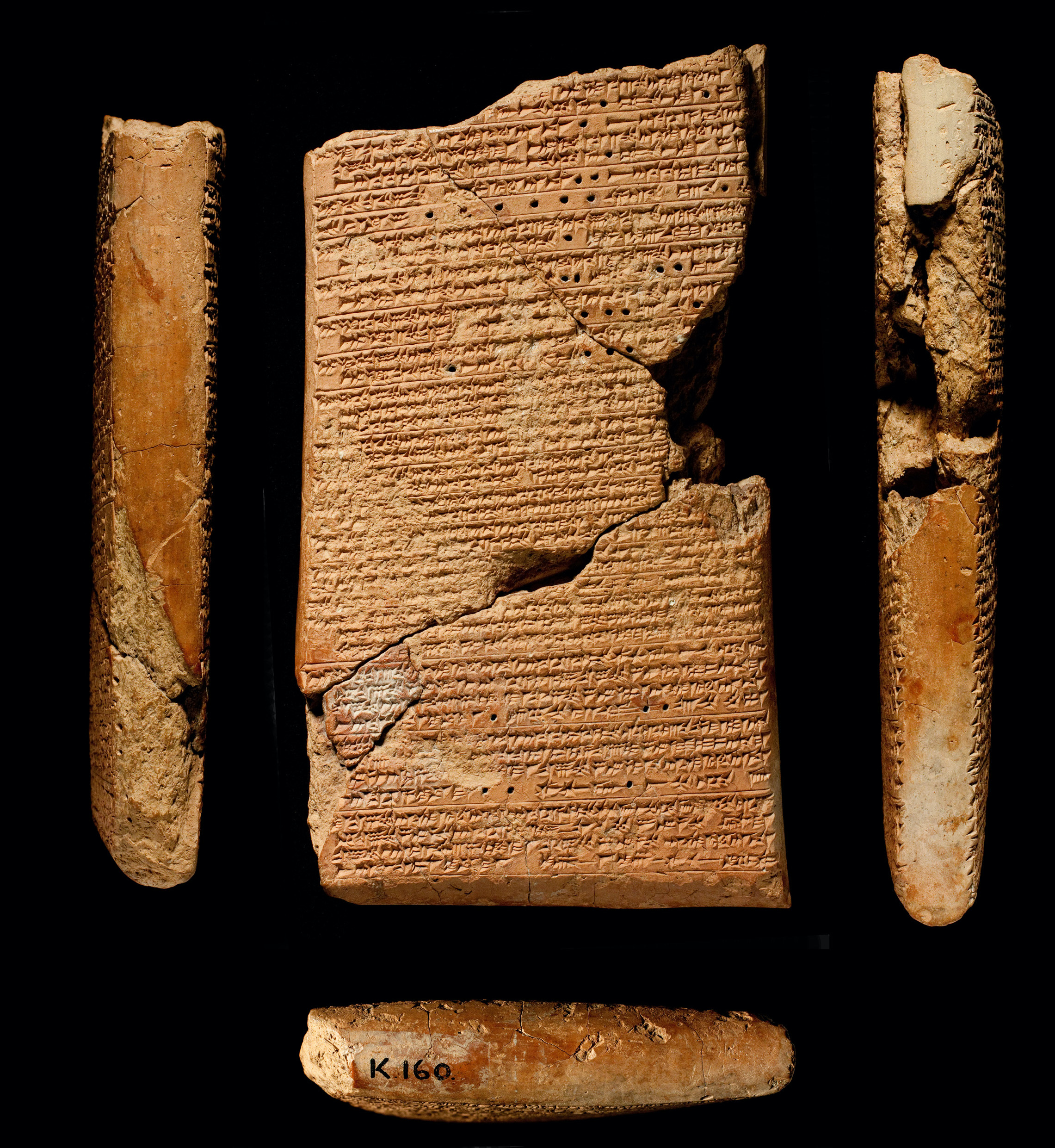In the annals of ancient history, few artifacts have captivated the scientific community quite like the Venus Tablet of Ammisaduqa. This remarkable cuneiform tablet, dating back to around 1646 BC, stands as a testament to the Babylonians’ sophisticated understanding of celestial movements. The tablet’s meticulous records of the planet Venus’s position over a span of 21 years have left modern astronomers awestruck, as these ancient observations align with today’s data with uncanny precision. This discovery not only sheds light on the Babylonians’ astronomical prowess but also challenges our preconceptions about the relationship between science and ancient belief systems.
The Babylonian Approach to Astronomy
The Babylonians were renowned for their keen interest in the heavens, and astronomy played a central role in their cultural and religious practices. They believed that the movements of celestial bodies held profound significance, influencing everything from agricultural cycles to the fate of empires. This belief system, known as astrology, was deeply intertwined with their astronomical observations.
The Venus Tablet of Ammisaduqa represents the Babylonians’ meticulous efforts to track the movements of the planet Venus over the course of two decades. This planet, which was revered as the goddess Ishtar, was of particular importance to the Babylonians, as they believed its cycles could be used to predict significant events, such as harvests and wars.
The tablet’s records provide a detailed account of Venus’s appearances, disappearances, and positions in the sky, meticulously noting the timing and duration of these events. This data was not merely a matter of casual observation; it was a crucial component of the Babylonians’ efforts to understand and predict the celestial patterns that they believed shaped their world.
The Eerie Accuracy of the Tablet
When modern astronomers first examined the Venus Tablet of Ammisaduqa, they were struck by the remarkable accuracy of the Babylonian observations. The tablet’s records, which had been meticulously maintained over the course of two decades, aligned with contemporary data on Venus’s movements with an uncanny precision.
This discovery was both fascinating and puzzling. How could an ancient civilization, without the benefit of modern telescopes and advanced mathematical models, have achieved such a high degree of accuracy in their celestial observations? The answer lies in the Babylonians’ dedication to their craft and their deep understanding of the patterns that governed the heavens.

Through tireless observations and the use of sophisticated mathematical techniques, the Babylonian astronomers were able to develop a remarkably accurate model of Venus’s movements. They meticulously tracked the planet’s appearances, disappearances, and positions, creating a comprehensive record that has stood the test of time.
The implications of this discovery are profound. It challenges the notion that ancient civilizations were inherently limited in their scientific understanding, and it underscores the depth of knowledge and ingenuity that flourished in the ancient world. The Venus Tablet of Ammisaduqa stands as a testament to the Babylonians’ intellectual prowess and their unwavering commitment to understanding the cosmos.
The Tablet’s Significance in the History of Astronomy
The Venus Tablet of Ammisaduqa holds a significant place in the annals of astronomical history. It represents a pivotal moment in the development of human understanding of the heavens, a time when the Babylonians were pushing the boundaries of what was known about the celestial realm.
Prior to the discovery of the tablet, it was widely believed that ancient civilizations had a limited understanding of astronomy, relying primarily on superstition and astrology rather than rigorous scientific observation. The tablet’s remarkable accuracy, however, has challenged this notion, revealing the depth of the Babylonians’ astronomical knowledge.
Moreover, the tablet’s records have proven invaluable to modern astronomers, providing a unique window into the past and offering insights into the long-term patterns of Venus’s movements. This information has not only enriched our understanding of the solar system but has also helped to refine our models of planetary motion, contributing to the ongoing advancement of astronomical science.
The Venus Tablet’s Legacy and Implications
The Venus Tablet of Ammisaduqa stands as a testament to the Babylonians’ intellectual prowess and their unwavering dedication to understanding the celestial realm. Its eerie accuracy, which aligns so closely with modern astronomical data, has captivated the scientific community and prompted a reevaluation of our understanding of ancient civilizations.
This discovery has far-reaching implications, challenging the notion that ancient peoples were inherently limited in their scientific understanding. The Babylonians’ ability to meticulously track the movements of Venus over the course of two decades, and to do so with such remarkable precision, suggests a level of astronomical sophistication that was previously unrecognized.

Moreover, the tablet’s significance extends beyond the realm of astronomy. It serves as a powerful reminder of the interconnectedness of human knowledge, and the ways in which ancient belief systems and scientific observation can inform and enrich one another. The Babylonians’ belief in the astrological significance of Venus’s movements did not diminish their ability to observe and record its motions with remarkable accuracy.
In an age where we often seek to dichotomize science and religion, the Venus Tablet of Ammisaduqa stands as a powerful counterpoint, reminding us that the pursuit of knowledge can take many forms and that the boundaries between belief and empiricism are often more fluid than we might assume.
Conclusion
The Venus Tablet of Ammisaduqa is a remarkable artifact that has captivated the scientific community and challenged our understanding of the ancient world. Its meticulous records of Venus’s movements, which align so closely with modern astronomical data, stand as a testament to the Babylonians’ intellectual prowess and their unwavering dedication to understanding the celestial realm.
This discovery not only sheds light on the Babylonians’ astronomical sophistication but also prompts us to reconsider our preconceptions about the relationship between ancient belief systems and scientific observation. The tablet’s eerie accuracy reminds us that the pursuit of knowledge can take many forms, and that the boundaries between science and religion are often more fluid than we might assume.
As we continue to explore the rich tapestry of human history, the Venus Tablet of Ammisaduqa serves as a powerful reminder of the depth and complexity of ancient civilizations. It invites us to approach the past with humility, curiosity, and an openness to the unexpected, for within the annals of history lie the seeds of our own intellectual and scientific growth.


